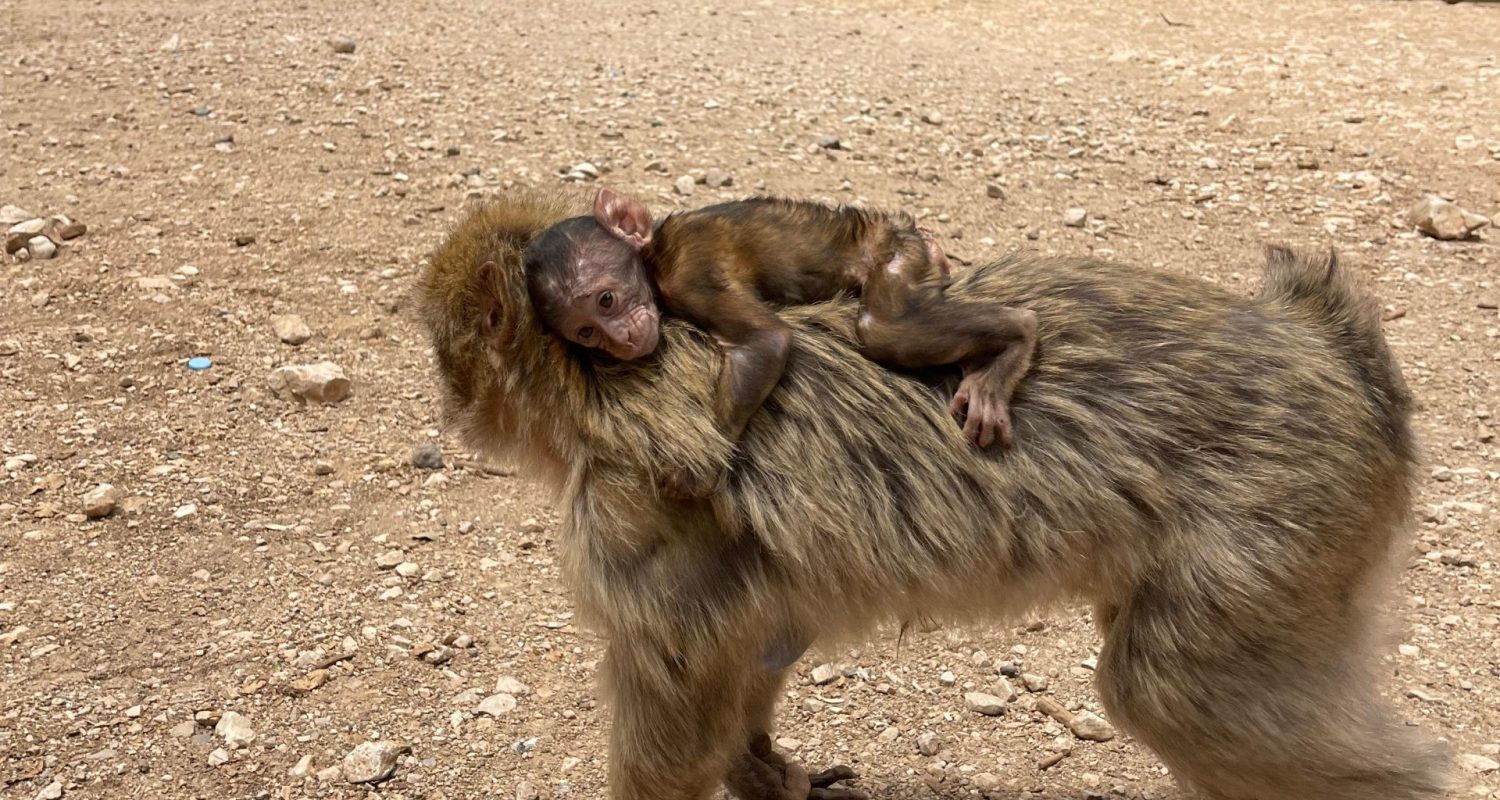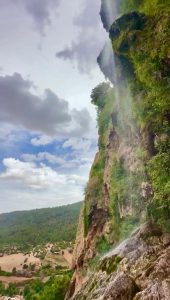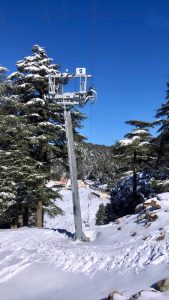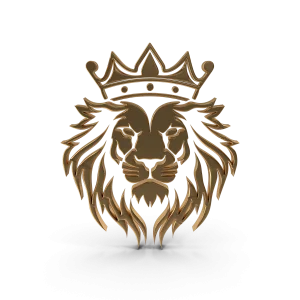Why Ifrane Should Be Your Top 2025 Destination
Discover the unique charm of Ifrane, a city often hailed as the “Switzerland of Morocco,” blending European elegance with stunning natural landscapes.
Home / Blog Post
Recent Blog
Ready to explore ?

- February 12, 2025
- Ikram
- Adventures
Table of Content
- 1.Key Highlights of Ifrane
- 2.A Glimpse into Ifrane’s Origin and Evolution
- 3.The Natural Wonders of Ifrane and the Middle Atlas
- 4.Activities and Attractions: A Year-Round Playground
- 5.Planning Your Visit to Ifrane
- 6.Key Attractions in Ifrane
- 7.Frequently Asked Questions about Ifrane
- 8.Conclusion: Ifrane’s Enduring Allure
Key Highlights of Ifrane
- Alpine Ambiance: Ifrane stands out with its distinctive European-style architecture, featuring red-tiled roofs and clean streets, reminiscent of Swiss Alpine towns, providing a refreshing contrast to traditional Moroccan cities.
- Natural Splendor: Nestled in the Middle Atlas Mountains, Ifrane boasts lush cedar forests, pristine lakes, and natural springs, making it a haven for nature enthusiasts and a prime location for outdoor activities year-round.
- Year-Round Destination: Whether it’s for winter sports like skiing at Michlifen Ski Station, summer hiking, or simply enjoying the cool climate, Ifrane offers diverse attractions and activities throughout the seasons.
Ifrane, a captivating city situated in the Middle Atlas region of northern Morocco, is a testament to unique urban planning and natural beauty. Founded by the French administration between 1928 and 1929 during the protectorate era, it was intentionally designed as a “hill station” to offer respite from the intense summer heat prevalent in Morocco’s interior plains. This historical inception largely influenced its distinctive appearance, earning it the moniker “Little Switzerland” due to its striking resemblance to European Alpine towns. Positioned at an elevation of approximately 1,665 to 1,700 meters (5,463 to 5,577 feet) above sea level, Ifrane enjoys a unique Alpine climate, characterized by cool temperatures and significant snowfall in winter, which transforms it into a premier mountain resort.
The city functions as an administrative center, an imperial city, a university town, and a popular tourist destination. Its architectural style, with its red-roofed houses and meticulously maintained streets, creates an atmosphere distinct from other Moroccan cities. This blend of colonial heritage, natural allure, and modern amenities makes Ifrane a sought-after destination for both local and international visitors seeking tranquility, adventure, and a touch of European charm.

A picturesque view of Ifrane’s distinctive architecture, showcasing its European-inspired design and red-tiled roofs amidst lush greenery.
A Glimpse into Ifrane's Origin and Evolution
How a French Hill Station Transformed into Morocco's "Little Switzerland"
The establishment of Ifrane in the late 1920s was a strategic move by the French colonial authorities to create a resort town that offered a stark contrast to the hot, arid conditions of Morocco’s plains. Inspired by Alpine designs, the city was meticulously planned with European architectural styles, featuring characteristic red-tiled roofs and stone buildings that evoke a sense of a tranquil Swiss village. This deliberate design, coupled with its high altitude, quickly cemented its reputation as a refreshing escape.
Over the decades, Ifrane has evolved beyond just a colonial retreat. It has embraced its role as an important provincial administrative center and a hub for higher education, notably with the establishment of Al-Akhawayn University in 1995. This prestigious institution, modeled after the American higher education system, has further diversified Ifrane’s character, attracting students and academics, and contributing to its vibrant, clean, and family-friendly atmosphere.
The Natural Wonders of Ifrane and the Middle Atlas
Exploring Ifrane's Pristine Landscapes and Biodiversity
Ifrane is enveloped by an environment of exceptional natural beauty, which is a major draw for tourists. The city is celebrated for its remarkably clean air and pristine natural surroundings, making it one of the cleanest cities in Morocco and the Arab world. Its elevation and climate foster rich biodiversity, particularly within the Ifrane National Park.
Lush Cedar Forests and Biodiversity
The region is home to vast cedar forests, including the famed Cedre Gouraud Forest, which is part of the world’s largest cedar forest system. These forests provide a habitat for diverse flora and fauna, including over 1000 species of vascular plants and numerous bird species, offering ample opportunities for hiking, birdwatching, and nature photography.

Ifrane’s scenic landscapes, featuring its prominent lakes and the lush natural environment of the Middle Atlas Mountains.
Lakes, Waterfalls, and Springs
Ifrane’s natural charm is further enhanced by its numerous lakes and natural springs. Notable natural sites include Lake Aoua, a serene body of water perfect for boating, and Ain Vital (also known as Source Ben Smim), a refreshing natural spring and waterfall area. These water features contribute to the region’s appeal as a tranquil retreat and a spot for family picnics.
Activities and Attractions: A Year-Round Playground
From Winter Sports to Summer Hikes: Ifrane's Diverse Offerings
Ifrane offers a wide array of activities catering to different interests and seasons, making it a versatile destination throughout the year.
Winter Sports at Michlifen
During the colder months, typically from December to February, Ifrane transforms into a bustling winter sports paradise. The Michlifen Ski Station is a major attraction, providing excellent slopes for skiing, snowboarding, and sledding. Its proximity to the city makes it easily accessible for winter sports enthusiasts.

Ifrane blanketed in snow, showcasing its appeal as a winter wonderland and ski destination.
Outdoor Adventures and Nature Exploration
Beyond winter, Ifrane is ideal for outdoor activities. Visitors can enjoy hiking and exploring scenic routes like the “Circuit des Lacs” or “Circuit des Dayets.” Quad biking through diverse terrains and trout fishing are also popular pursuits. The Ifrane National Park provides extensive trails for nature and wildlife tours, including opportunities to spot the Barbary macaques in the cedar forests.
Iconic Landmarks and Cultural Sites
Ifrane also boasts several significant landmarks. The Lion of Ifrane, a prominent stone sculpture in the city center, serves as an emblem and a popular photo spot. Al Akhawayn University, with its modern campus and academic environment, is another point of interest. Jardin Mohamed V provides a tranquil urban park experience with its well-maintained gardens and pond.
Planning Your Visit to Ifrane
Essential Tips for an Unforgettable Trip
To make the most of your visit to Ifrane, considering a few practical aspects can enhance your experience.
Best Time to Visit
The ideal time to visit Ifrane largely depends on your interests. For winter sports and snowy landscapes, December to February is perfect. For hiking and enjoying milder temperatures, spring (March to May) and autumn offer pleasant weather and potentially more favorable rates for accommodations. Summer provides a cool escape from the heat, making it a popular period for domestic tourists.
Transportation and Accessibility
Ifrane does not have an international airport. The most common way to reach the city is by road, typically via bus or grand taxi from larger cities like Fez or Meknes. Fez-Saïss Airport (FEZ) is the nearest international airport, from which ground transportation can be arranged.
Accommodation and Pricing
Ifrane is known for being somewhat more expensive than other Moroccan cities, particularly during peak tourist seasons. However, a range of accommodations, from hotels with pools and spas to guesthouses, are available. Budget travelers might find better deals during the shoulder seasons of spring and autumn.
Key Attractions in Ifrane
A Summary of Must-See Places and Experiences
To help plan your itinerary, here’s a concise table of Ifrane’s top attractions and what they offer:
| Attraction | Description | Key Activities |
|---|---|---|
| Ifrane National Park | Home to the largest cedar forest in the world, rich in biodiversity. | Hiking, wildlife spotting, nature tours, birdwatching. |
| Michlifen Ski Station | Premier winter sports resort. | Skiing, snowboarding, sledding (seasonal: Dec-Feb). |
| The Lion of Ifrane | An iconic stone sculpture in the city center. | Photo opportunities, city emblem. |
| Al Akhawayn University | A prestigious private university with American-style education. | Architectural interest, cultural events. |
| Jardin Mohamed V | A well-maintained urban park with a pond and fir trees. | Relaxation, family outings, leisurely walks. |
| Lake Aoua | One of several picturesque lakes in the region. | Boating, scenic views, picnics. |
| Ain Vital (Source Ben Smim) | Natural spring and waterfall area. | Refreshing waters, short hikes, picnics. |
| Cèdre Gouraud Forest | Part of the extensive cedar forests surrounding Ifrane. | Hiking, exploring ancient trees. |
This table highlights the diverse offerings of Ifrane, from natural escapades to cultural landmarks, ensuring visitors can tailor their trip to their specific interests.
This video provides a visual exploration of Ifrane, highlighting its unique existence as a European-style city in the heart of Morocco. It delves into the city’s distinctive charm and offers insights into its serene and picturesque environment.
Conclusion: Ifrane's Enduring Allure
Ifrane stands as a distinctive and captivating destination within Morocco, offering a unique blend of European charm and North African natural beauty. From its origins as a French colonial hill station to its current status as a bustling university town and mountain resort, Ifrane continues to draw visitors with its pristine environment, diverse activities, and serene atmosphere. Whether you seek thrilling winter sports, peaceful nature escapes, or a glimpse into a unique cultural fusion, Ifrane promises a memorable and refreshing experience in the heart of the Middle Atlas Mountains.



